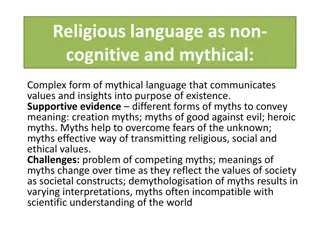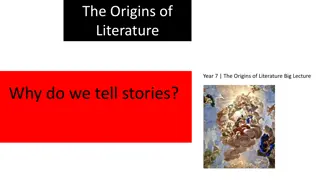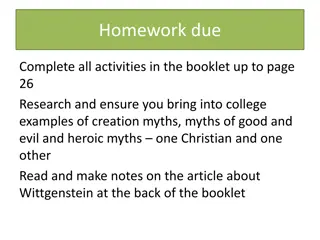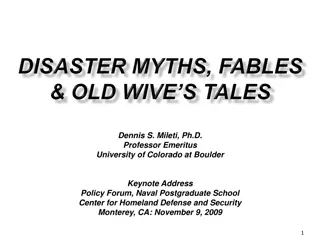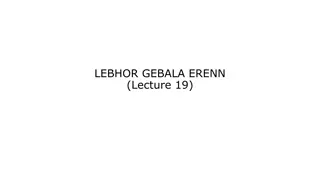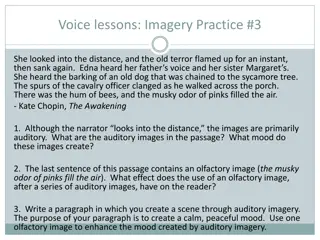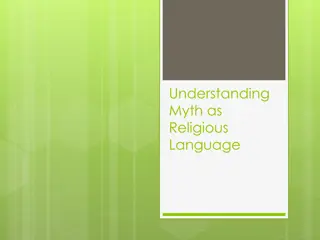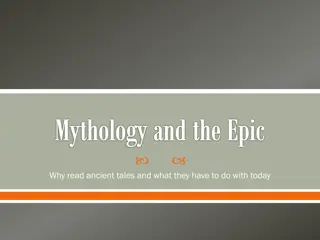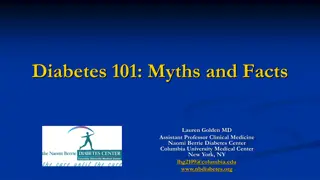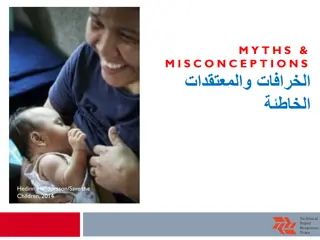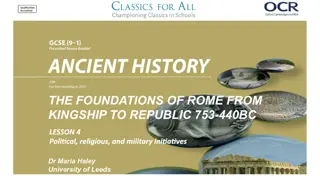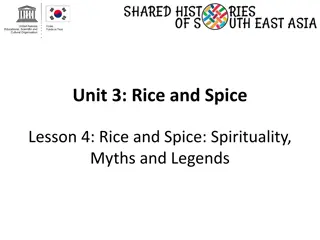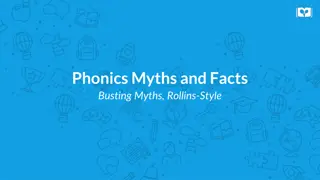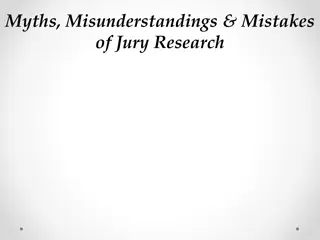Understanding Appositives in Norse Myths
Explore the concept of appositives through engaging examples from Norse myths, where nouns or noun phrases rename other elements to deepen understanding of the characters and settings. Learn to identify appositives, distinguish them from predicate nominatives, and apply commas correctly when using appositives in sentences.
Download Presentation

Please find below an Image/Link to download the presentation.
The content on the website is provided AS IS for your information and personal use only. It may not be sold, licensed, or shared on other websites without obtaining consent from the author. Download presentation by click this link. If you encounter any issues during the download, it is possible that the publisher has removed the file from their server.
E N D
Presentation Transcript
Appositives and Norse Myths
Definition of an Appositive An appositive is a noun or noun phrase that renames another noun or noun phrase. Example: The thunder god Thor protects Asgard, the home of the gods. Thor renames the thunder god. The home of the gods renames Asgard.
Practice Identify the Appositive Valkyries, goddesses of the battlefield, Goddesses of the battlefield renames Valkyries. would choose souls to bring to Valhalla, the Norse version of Heaven. The Norse version of Heaven renames Valhalla.
Practice Identify the Appositive A lover of wisdom, Odin sacrificed one A lover of wisdom renames Odin (even though it comes before Odin ). of his eyes to have a sip from the well of knowledge.
Practice Identify the Appositive Odin sends his pet ravens, Huginn and Huginn and Muninn renames his pet ravens. Muninn, to travel the world and bring him information about people.
Practice Identify the Appositive Odin s wife Freya, the goddess of love, Both Freya and the goddess of love rename Odin s wife. rides a chariot pulled by two cats.
Be careful when identifying appositives. Appositives do NOT use verbs to rename. Not Appositives Not Appositives Appositives Appositives Norse mythology is my favorite! verb verb Odin s son Baldr was killed by a spear of mistletoe. The famous composer Richard Wagner wrote four operas about Norse mythology. Wagner s operas were called The Ring Cycle. verb verb If the sentence uses a verb to rename, it is NOT an appositive; it s something called a predicate nominative which we will discuss later. predicate nominative,
Using Commas with Appositives If the sentence would make sense even if you removed the appositive, separate the appositive using commas. If an appositive is essential to understanding the sentence, do NOT use commas to separate it. Baldr s mother, Freya, made all the objects in the kingdom swear not to hurt him except for mistletoe. Odin s son Baldr had a dream that he would die. Odin has two sons if we took out Baldr, the sentence would not have the same meaning because we could not know which one it was talking about. Therefore, we do not separate Baldr from the rest of the sentence with commas. Baldr only has one mother Freya so if we take out her name, we still know what the sentence means. Therefore, we offset Freya from the rest of the sentence with commas.
Using Commas with Appositives - 2 If the sentence would make sense even if you removed the appositive, separate the appositive using commas. If an appositive is essential to understanding the sentence, do NOT use commas to separate it. Since Baldr was practically invincible, the gods made a game of throwing things at him. Loki, the trickster god, made a spear out of mistletoe and got Hodr, Baldr s brother, to throw it at Baldr and kill him. Freya thought that the plant mistletoe was too insignificant to pose a risk, so she did not ask it to promise not to hurt Baldr. It is important to the story that out of all the plants in the world, it was mistletoe in particular that did not make a promise. If we took it out of the sentence, we would lose something important. Although the appositive in this sentence give us more information, the sentence is not ambiguous without them and still communicates the same message.
Why use Appositives? Appositives allow skillful writers to communicate more in fewer words. consider consider Fenrir was the son of Loki. Fenrir was also a wolf. He was very strong and the other gods were afraid of him. They tried to trick him into wearing a set of unbreakable chains by telling him that it was a contest of strength. Fenrir was suspicious and he demanded that someone put their hand in his mouth while he wore them. There was a god named Tyr. Tyr was a selfless and noble god. Tyr volunteered to place his hand in Fenrir s mouth. The other gods put the chains on Fenrir, and when he realized it was a trap, he chomped down on Tyr s hand. (107 words) (107 words) versus versus Loki s son Fenrir, a wolf, was feared by all the other gods. They tried to trick him into wearing a set of unbreakable chains by telling him that it was a contest of strength. Fenrir was suspicious and he demanded that someone put their hand in his mouth while he wore them. Tyr, a noble and selfless god, volunteered to place his hand in Fenrir s mouth. The other gods put the chains on Fenrir, and when he realized it was a trap, he chomped down on Tyr s hand. (88 words) (88 words)



